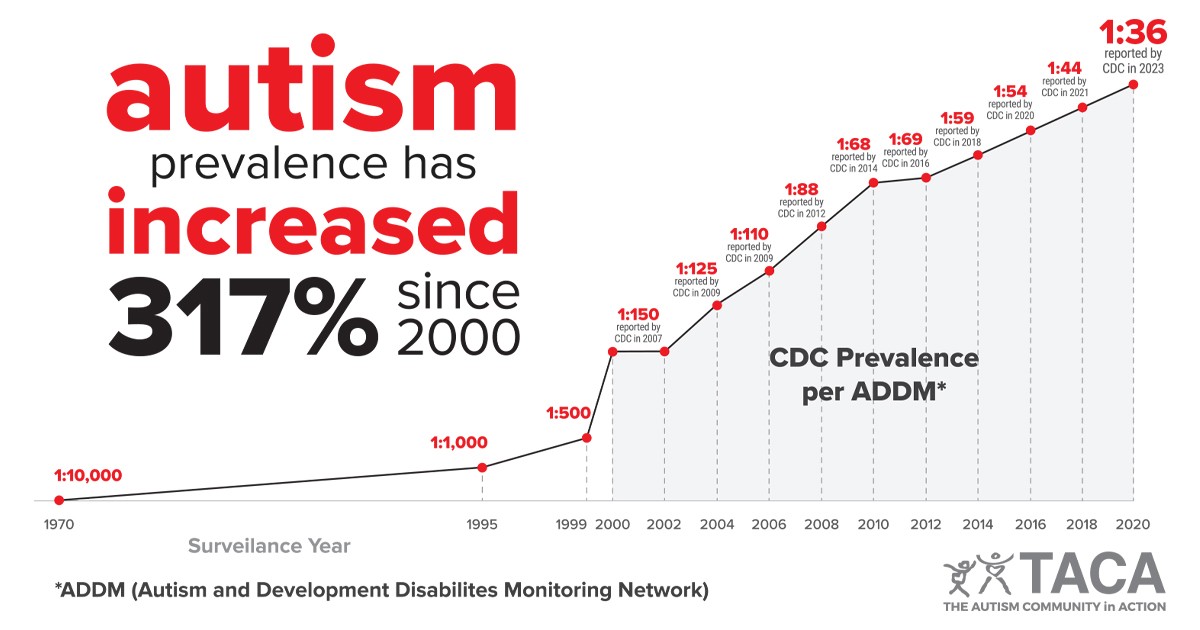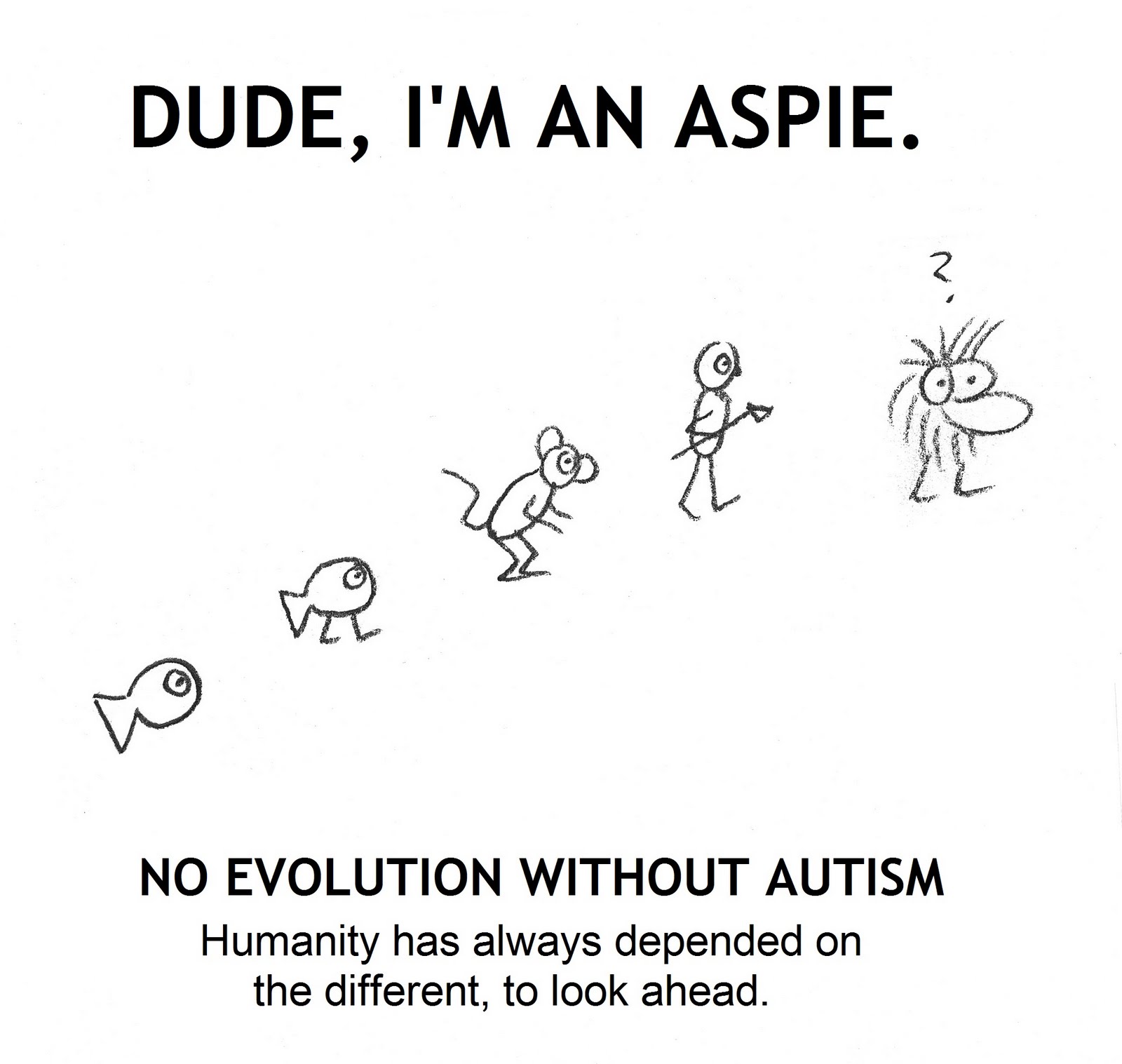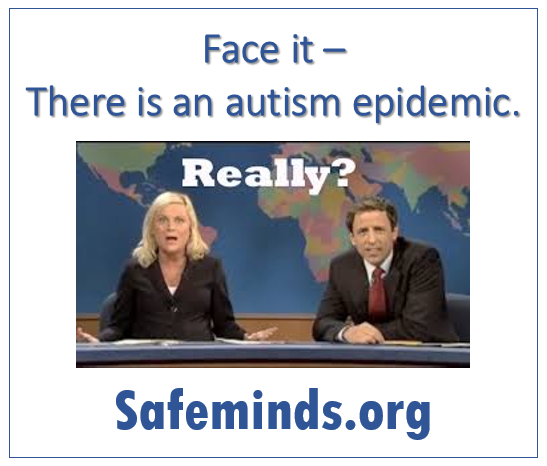Table of Contents
- How To End The Autism Epidemic Is Amazon Best Seller - AGE OF AUTISM
- Autism Statistics You Need To Know - Autism Parenting Magazine
- Are We in an Autism Epidemic? - Blog
- Autism Prevalence is Now 1 in 36, Signifying the 22% Increase in ...
- Autism in Paradise: Is It An Epidemic Yet?
- How to End the Autism Epidemic - Informed Choice Washington | ICWA
- Face it, There IS an Autism Epidemic – Kindred Media
- What Needs to Happen to Stop the Autism Epidemic
- J.B. Handley - How to End the Autism Epidemic
- There may not be such a thing as autism epidemic - the explanation ...


The prevalence of autism has been on the rise, with the Centers for Disease Control and Prevention (CDC) reporting that 1 in 54 children in the US have autism spectrum disorder (ASD). This staggering statistic has led to a surge in research and funding to understand the underlying causes of the condition. While the exact cause of autism is still unknown, studies suggest that it is a complex interplay of genetic, environmental, and lifestyle factors. The US Health Secretary's promise to identify the cause of the autism epidemic is a beacon of hope for families and individuals affected by the condition.

What are the possible causes of autism?


- Genetic mutations: Changes in genes such as SHANK3, TSC1, and TSC2 have been linked to an increased risk of autism.
- Environmental factors: Exposure to air pollution, pesticides, and other toxins has been suggested as a potential trigger for autism.
- Maternal health: Studies have shown that maternal infection, nutrition, and stress during pregnancy may contribute to the development of autism.
- Lifestyle factors: Diet, gut health, and socioeconomic status have also been explored as potential risk factors for autism.


What is being done to address the autism epidemic?


The Autism CARES Act, which provides funding for autism research, diagnosis, and treatment. The Act also aims to improve the transition of individuals with autism from adolescence to adulthood.
The CDC's Autism and Developmental Disabilities Monitoring (ADDM) Network, which tracks the prevalence of autism and other developmental disabilities across the US.
The National Institutes of Health (NIH) has launched several research initiatives to investigate the causes of autism, including the Autism Genome Project and the Autism Sequencing Consortium.
The US Health Secretary's promise to identify the cause of the autism epidemic is a significant step forward in the quest to understand and address this complex condition. While the journey to discovery is ongoing, the progress made so far is promising. By continuing to invest in research, improve diagnosis and treatment, and support affected families, we can work towards a future where individuals with autism receive the care and acceptance they deserve. As we await the findings of the US Health Secretary's initiative, we remain hopeful that the mystery of autism will soon be unraveled, and effective solutions will be implemented to improve the lives of those affected.Stay updated on the latest developments in autism research and advocacy by following reputable sources, such as the Autism Society and the CDC. Together, we can create a more inclusive and supportive environment for individuals with autism and their families.